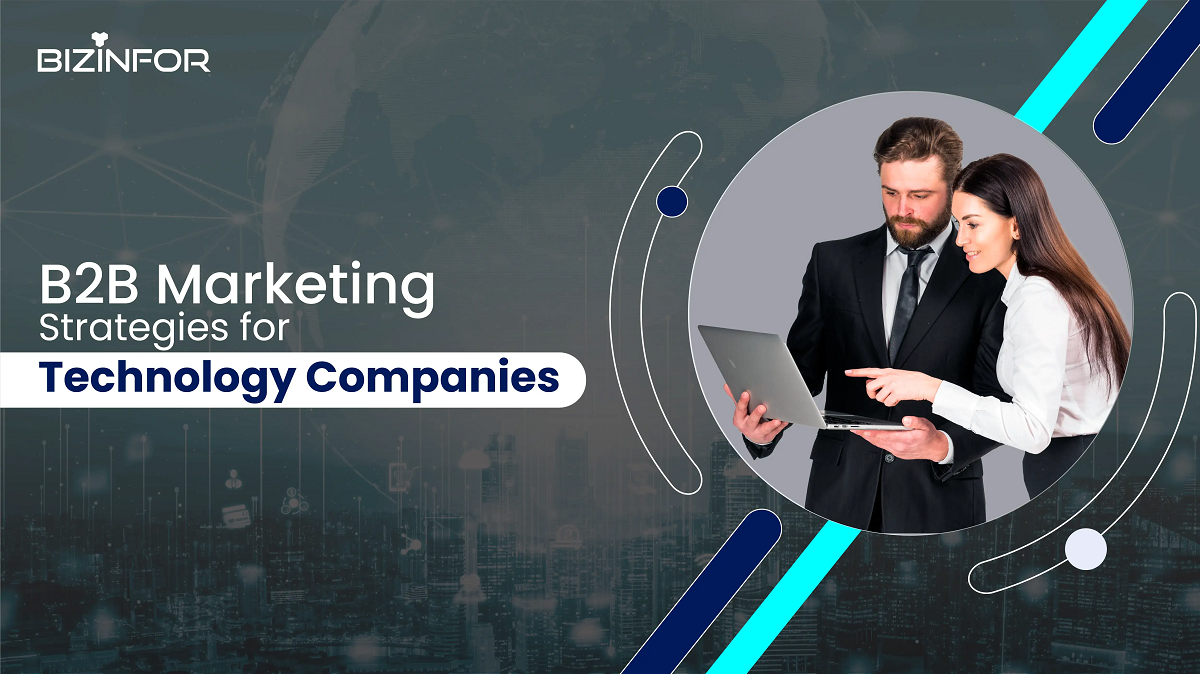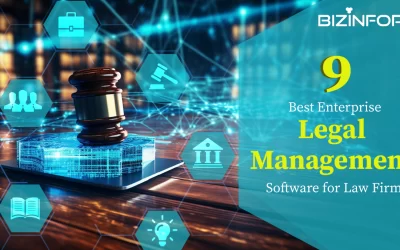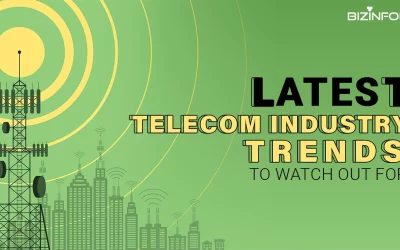Marketing strategies for technology companies are ever-evolving and becoming more dynamic than ever, unlike some B2B channels.
A classic example is product demos. These used to be a boring 10-minute-long video, but now are shortened to a minute-long YouTube short that delivers all the necessary information in a concise manner. Part of this comes from how audience engagement patterns have changed. Nowadays, people neither have the time nor the patience to sit through lengthy and complicated promotional content. This is especially true for B2B prospects, who favor quick, engaging, and informative material.
However, you don’t have to worry as this article elaborates on four channels you can leverage to cater to these changing preferences. Let’s get started.
Four Powerful B2B Marketing Strategies for Technology Companies
Most marketing strategies for technology companies are centered on creating brand awareness. Due to this, they almost always overlook the most crucial part of any campaign or promotional effort: the target audience.
Keeping that in mind, here are four marketing methods that focus on attracting, engaging, and retaining your desired prospects:
1. Social Media Marketing
It is no secret that almost all marketing strategies for tech companies incorporate a dedicated social media plan. The rationale behind this is that these platforms are cost-effective, have a massive reach, and are perfect for growing an organization’s brand identity.
Platforms such as LinkedIn, Twitter, and Facebook give you seamless access to your market base while facilitating digital growth. Additionally, social media channels serve as excellent mediums to showcase your website’s content.
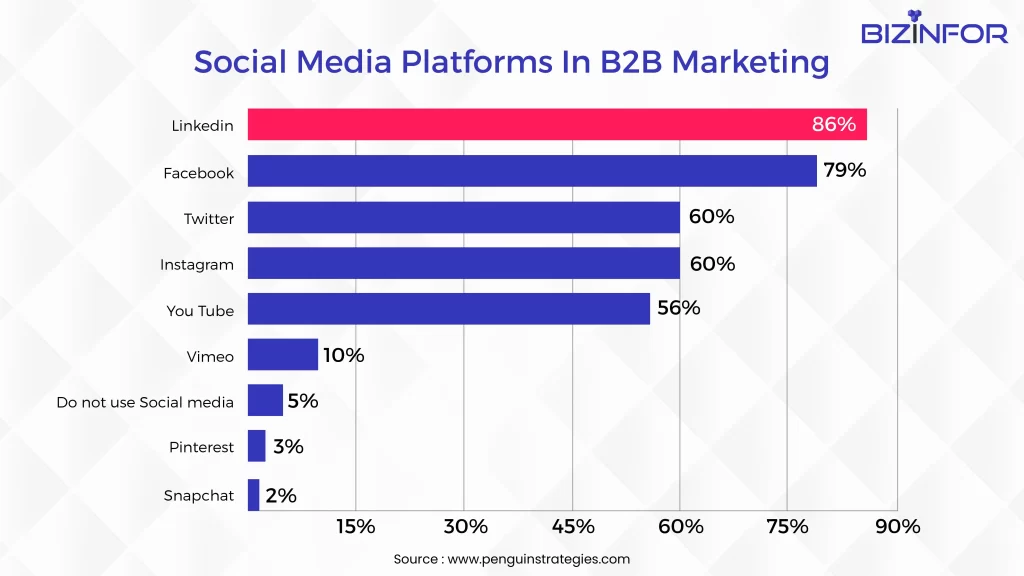
However, it is critical to stick to a specific pattern when publishing on such sites. For instance, since Twitter is all about opinion blurbs, engaging snippets, and the likes, it would be better to structure your content similarly.
One helpful tip is to follow the 80/20 rule; 80% of the material you put out should be educational, entertaining, or thought-provoking. It also helps to keep your tone friendly. To quote Mark Zuckerberg:
“Nothing influences people more than a recommendation from a trusted friend.”
Now, the remaining 20% can be promotional highlights for the product or service you offer.
Regardless, if organic social media marketing is not what you are after, you can always consider paid advertisements. LinkedIn and Facebook are two of the best platforms for the same. Gartner had recently listed both of them in the top 5 social media channels for B2B advertising.
2. Content Marketing
It is almost impossible to overstate the importance of content creation for B2B lead generation. As such, publishing valuable and informative content is one of the most effective marketing strategies for technology companies.
More specifically, it can enable you to nurture and, ultimately, attract sale-qualified leads into your conversion pipelines. However, there are a few cardinal rules to content marketing.
Below are some things that should be published:
- Help your prospects rather than sell a product
- Engage your target audience instead of merely creating product awareness
- Educate your target audience while addressing their specific pain points to generate leads
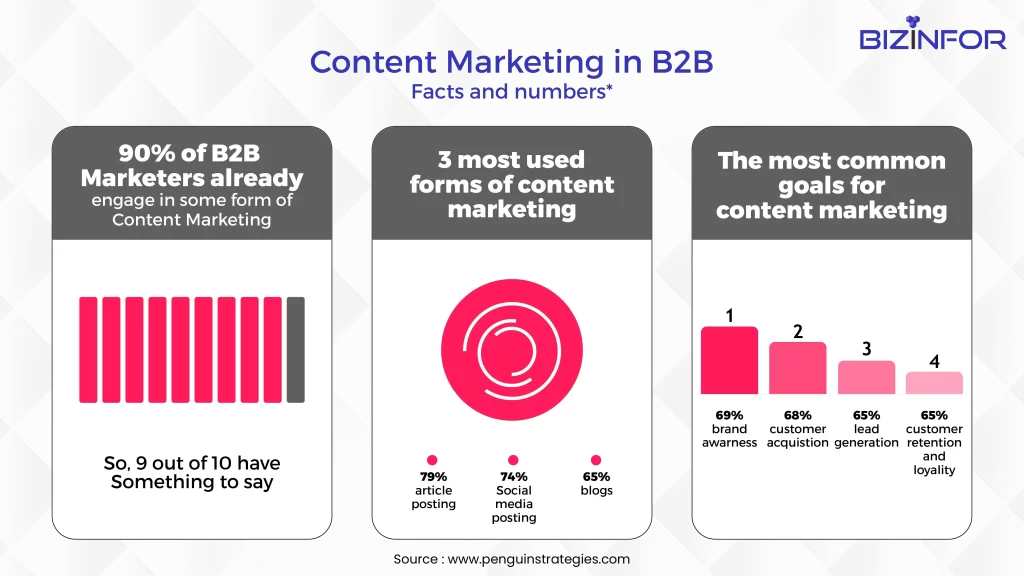
That said, developing high-value content is similar to the process of marketing research. In other words, you must:
- Identify the core challenges and concerns of your prospects
- Develop and deploy a targeted research strategy that accounts for existing gaps in information and market needs
- Tailor your content to examine and cater to specific industry issues
Aside from that, the actual published material can be in any given format. E-books, white papers, informative videos. Just remember, when done right, content marketing can position your organization as a leading authority in the technology sector.
3. Pay-Per-Click (PPC) Advertisements
PPC advertisements are among the simplest marketing ideas for tech companies. They do require additional research regarding user habits and keyword popularity but this should not be much of an issue for organizations that have already branched out to web analytics.
PPC advertisements have a clear motive compared to other marketing methods like content or social media marketing. Their objective is to serve relevant promotional content to direct qualified leads to your preferred landing pages.
For example, a user who has displayed interest in a comparable product might receive a pop-up ad for your product. In other cases, an individual who previously visited your site could get recommendations for recently published articles. Whichever way it happens, the result is the same: a lead ends up on your website.
The Google Display Network simplifies and augments this process even further. By establishing a few initial parameters, marketers can set up their advertisements to have a targeted reach.
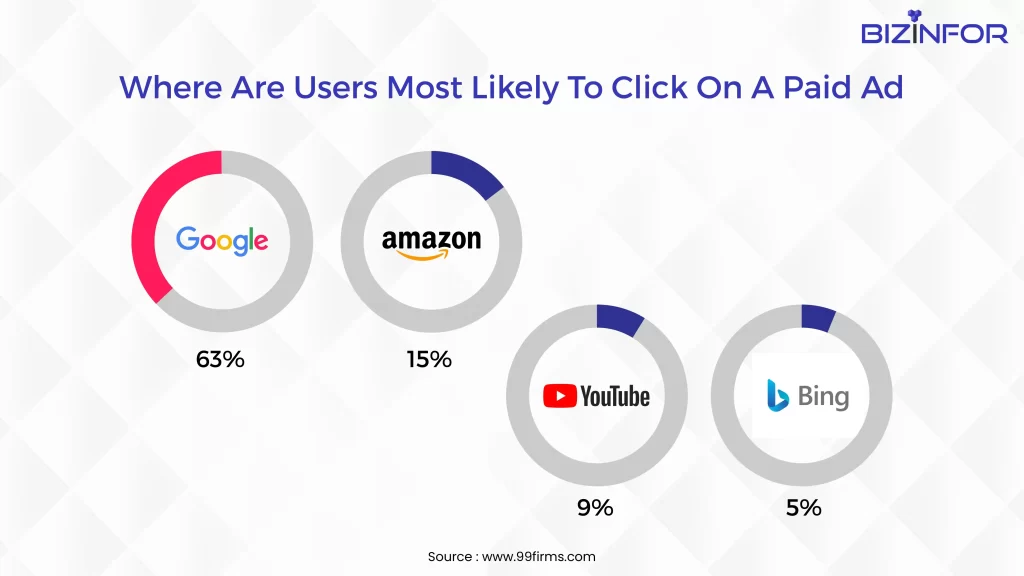
For example, you could assign a specific age demographic or online usage habit as your designated preference. Then, depending on a user’s engagement patterns, your product gets promoted to them. Additionally, you can experiment with different elements based on the results of Google’s A/B testing functionality.
4. Influencer Marketing
Thankfully, the notion that influencer marketing is only suitable for the B2C sector is gradually changing. Nonetheless, there are a few points to note about this method:
- Firstly, individuals are the ones who care about influencers, not corporations
- Second, despite being effective, influencer marketing should never be a primary focus of your promotional efforts
- Finally, it is critical that the influencer you choose aligns with your brand voice
Now, let’s try and understand what all of the above means.
Due to its nature, promoting your product through influencers can never be as effective as the other traditional marketing strategies for technology companies. However, this tactic has a unique advantage: it is seen by decision-makers.
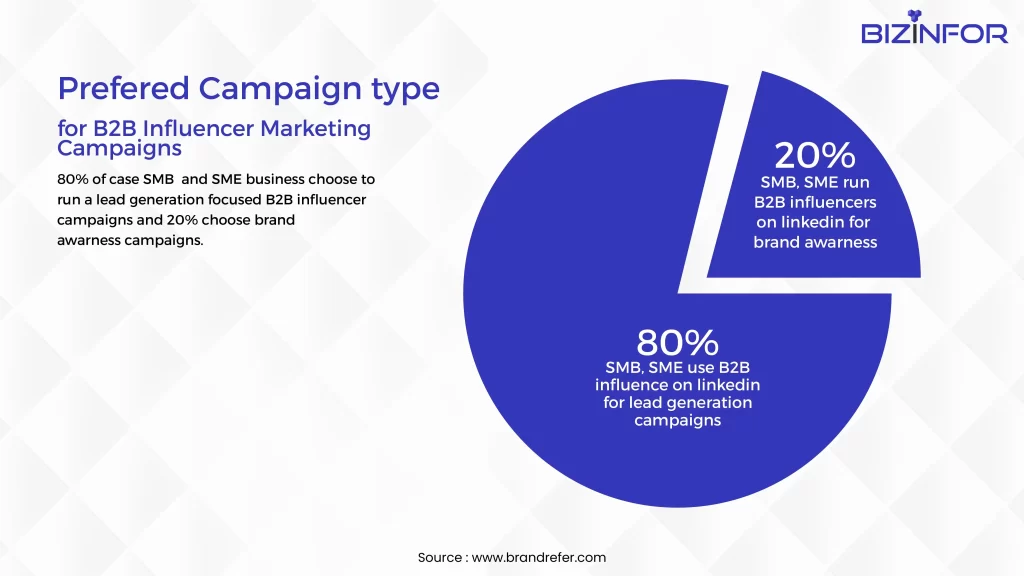
Currently, the majority of people are online, browsing and consuming content related to their interest. That includes the elusive C-level executives you frequently try to reach. So, if you position your campaign appropriately, structure it to include relevant content, and pick the right individual, you are sure to win over the leaders in your sector.
Conditions like campaign positioning, content structure, etc. are also why influencer marketing cannot be your primary promotional tool. In other words, such methods are volatile when they fail and highly lucrative when they succeed.
Final Thoughts
Although there are other effective marketing strategies for technology companies, this article has focused on the ones that have gained popularity in recent times. Email campaigns are a prominent example, but since these methods are already prevalent in the B2B industry, the focus was directed to promotional avenues that that enable reaching out to prospects and building a digital presence simultaneously.
Put simply, you experience growth on two distinct tangents when you leverage them effectively. This allows for greater recognition of the product and organization, which is not always possible with traditional email marketing tactics.

